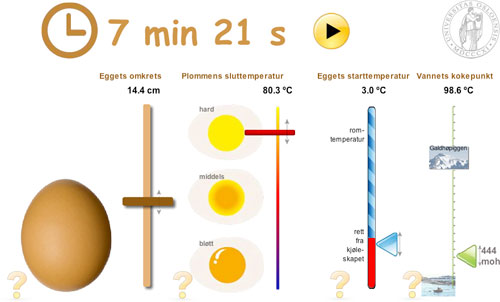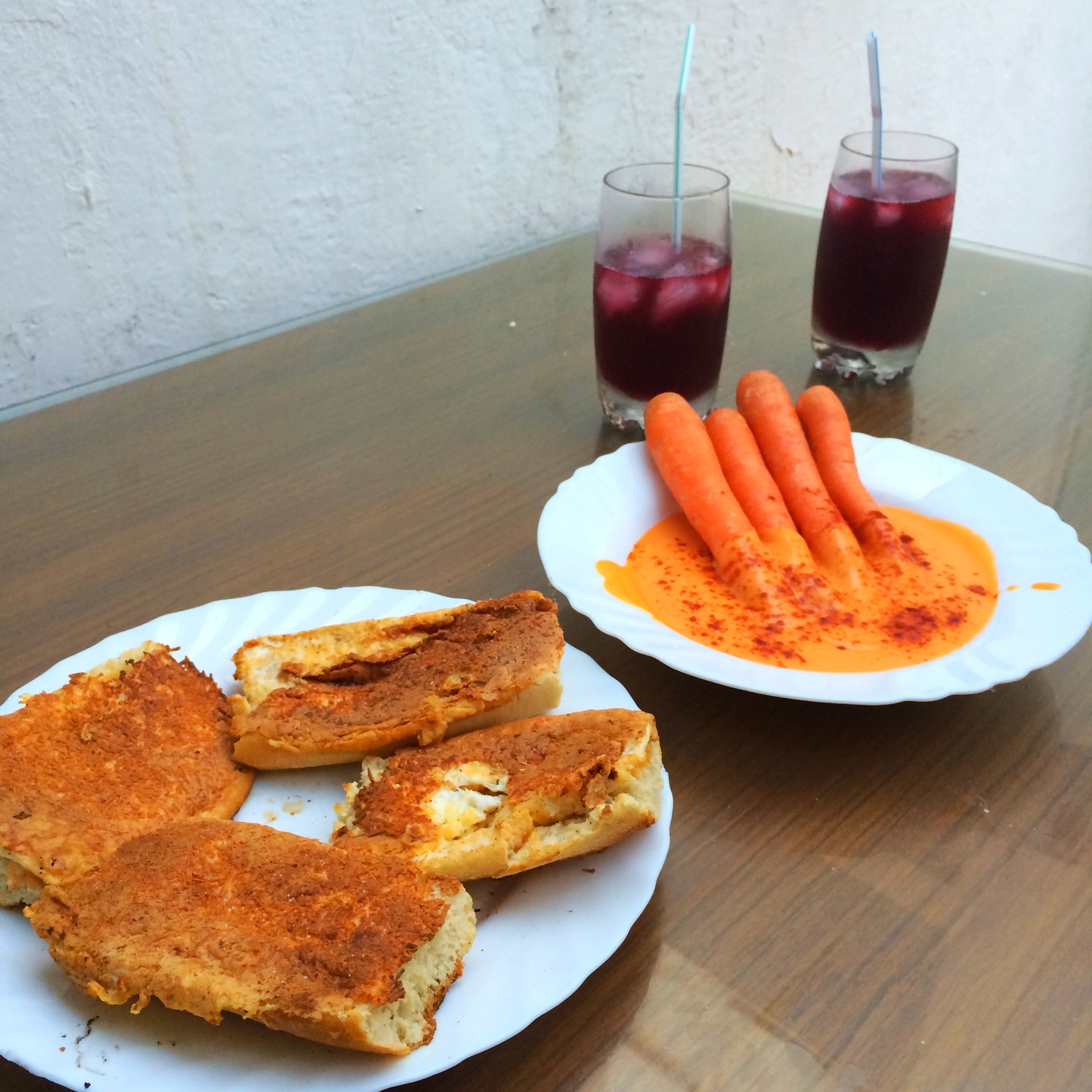When traveling on a budget you are often staying in places with... let’s call it inconvenient cooking conditions. I am of course referring to shared hostel-kitchens, Airbnb’s with barely any utensils or studio apartments with nothing more than a water heater (if you’re lucky). Here’s a small post with ideas on how to utilize four basic ingredients that should be available all over the world and at the lowest budget – only using either a microwave or a water heater.
Hot water:
Boiled water is no. 1 ingredient for cooking. Using hot water you can prepare noodles, rice, egg and so forth or you can use the water to make hot drinks. In unsanitary surroundings boiling water is an emergency way of making undrinkable water drinkable, for example in Thailand.
- Microwave: Boil water in a cup or bowl. Thick glass or sturdy plastic is ok but don’t ever put metal or thin glass/plastic in a microwave.
- Water heater: Hmm, how to boil water in a water-heater… let’s see…
Eggs:
Simple hard or soft-boiled eggs can be eaten on their own or with bread for a simple breakfast. Medium boiled eggs are surprisingly good with soy sauce if you don’t have salt.
A boiled egg on top of an avocado makes an interesting and delicious lunch.
Preparing eggs with rice, noodles or pasta can make simple dinners too.
- Microwave: You can boil an egg in a microwave by simply adding it to a cup of water. Bring the water to a boil first so it is easier to time the egg. I find this cute little flash animation made from advanced formulas an efficient and fun tool to determine boiling time! The website is in Norwegian but google shouldn’t have a problem translating…
Microwaving a plate of raw egg you can make simple sunny side up eggs too. For scrambled eggs just open the microwave a couple of times and stir things up with a fork. With this method the eggs turn rather dry and stick to the plate, but they are definitely eatable and work well scraped onto a piece of bread.
- Water heater: Certain egg boiling techniques require you to put the raw eggs in boiling water and then turn off the heat. Hence you can prepare an egg by putting a raw egg in a water heater after it is finished boiling. Pouring the hot water over an egg in a bowl might be possible but I have no idea how to time that. I find that you can easily let an egg sit inside of a water heater after it is turned off without doing any damage. This illustration seems to have the timing right for this technique.
Oatmeal porridge:
Oatmeal porridge is my personal go-to on the road because you only ever need oats and water. On the other hand everything from spices and candies to nuts and fruits can be used to make interesting variations.
My favorite oatmeal additives:
Vanilla + Blueberries
Cinnamon + Apple
Raisins + Honey
Crumbled muesli-bar
Honey-roasted peanuts (Adding these aim a peanut butter flavoured porridge!)
- Microwave: Microwave a 1:2 oatmeal-water mixture with whatever additives you want on highest setting. Start off by microwaving it for 2 minutes and then stir the mixture every 30 seconds until it has your preferred consistency.
- Water heater: Pour boiling water over a bowl of oatmeal in a 1:2 ratio. Cover the bowl with a plate or a cloth for about 10 minutes, stirring once or twice.
(Tip: Mix oats, butter, sugar, cocoa powder and a spoonful flour to make a thick sticky dough that can be rolled into balls. Cover the balls in shredded coconut and cool them for an awesome and easy desert! This dish can be made with yoghurt instead of butter and without flour. It also doesn’t need the coconut or the cooling. Probably the most flexible recipe I know.)
Pre-made meals:
I am sorry to say it but ready meals are almost unavoidable when you’re on the road and on a budget. Personally I don’t mind too much; although the quality can be questionable I find that every country has some interesting and weird pre-made dishes that can give you a good impression of the local cuisine.
- Microwave: Good for pasta dishes, frozen meat dishes and so forth. Most ready meals are made for the microwave, but even the ones made for an oven such as lasagna or the ones for a skillet such as frozen rice mixtures can be prepared in a microwave if you’re creative. Add a bit of water to the bottom of the dish and microwave it on a lower setting, stirring once in a while. Chances are any ready meal can be made in a microwave if you take it slow!
- Water heater: Cup noodles are your best friend if you are stuck with a water heater. Oatmeal and soups work too. If that gets too boring try and be creative. Some ready meals meant for the oven such as meatballs can be made by pouring hot water over them since all they really need is defrosting.
Tapas is a simple and cheap on-the-road food. Read my article "How to make easy and cheap Spanish tapas" Here...




